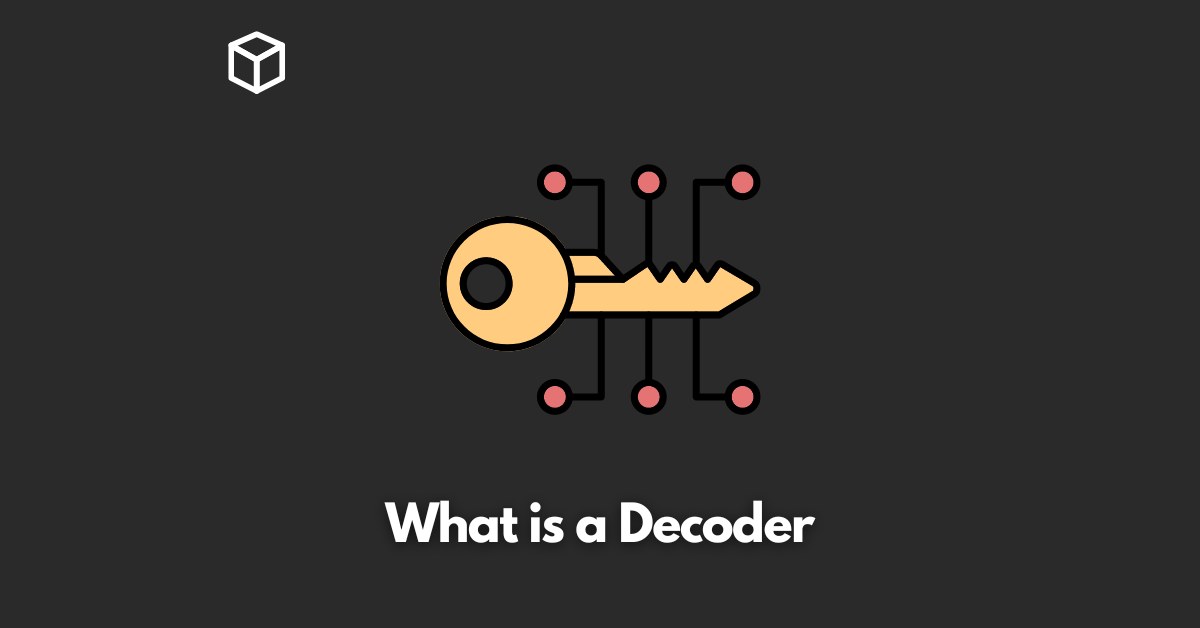A decoder is a powerful tool in neural networks that plays a crucial role in converting encoded representations into a more meaningful output.
This can include tasks such as text generation, image generation, and language translation.
In this article, we will take an in-depth look at what a decoder is, how it works, and its various applications.
Text Generation
Text generation is one of the most common applications of a decoder.
Text generation models use a decoder to generate new text based on a set of input data.
The decoder takes in an encoded representation of the input data and then generates new text that is similar to the input data.
One of the most popular models that use a decoder for text generation is GPT-2.
This model is trained on a large dataset of text and is able to generate new text that is similar to the input data.
Another popular model that uses a decoder for text generation is BERT.
BERT is a transformer-based model that is trained on a large dataset of text and is able to generate new text that is similar to the input data.
Image Generation
Image generation is another application of a decoder.
Image generation models use a decoder to generate new images based on a set of input data.
The decoder takes in an encoded representation of the input data and then generates new images that are similar to the input data.
One of the most popular models that use a decoder for image generation is GANs (Generative Adversarial Networks).
GANs are made up of two neural networks, a generator and a discriminator.
The generator generates new images based on the input data, while the discriminator is trained to identify if the images generated by the generator are real or fake.
Another popular model that uses a decoder for image generation is VAEs (Variational Autoencoders).
VAEs are neural networks that are trained to generate new images based on the input data.
Language Translation
Language translation is another application of a decoder. Language translation models use a decoder to translate text from one language to another based on a set of input data.
The decoder takes in an encoded representation of the input data and then generates new text in the target language that is similar to the input data.
One of the most popular models that use a decoder for language translation is Google Translate.
Google Translate is a neural machine translation model that is trained on a large dataset of text and is able to translate text from one language to another.
Another popular model that uses a decoder for language translation is NMT (Neural Machine Translation).
NMT is a neural network model that is trained on a large dataset of text and is able to translate text from one language to another.
Conclusion
In conclusion, a decoder is a powerful tool in neural networks that plays a crucial role in converting encoded representations into a more meaningful output.
A decoder can be used for tasks such as text generation, image generation, and language translation.
Popular models that use a decoder for these tasks include GPT-2, BERT, GANs, VAEs, Google Translate, and NMT.
With the advancements in technology, we can expect to see even more applications of a decoder in the near future.




